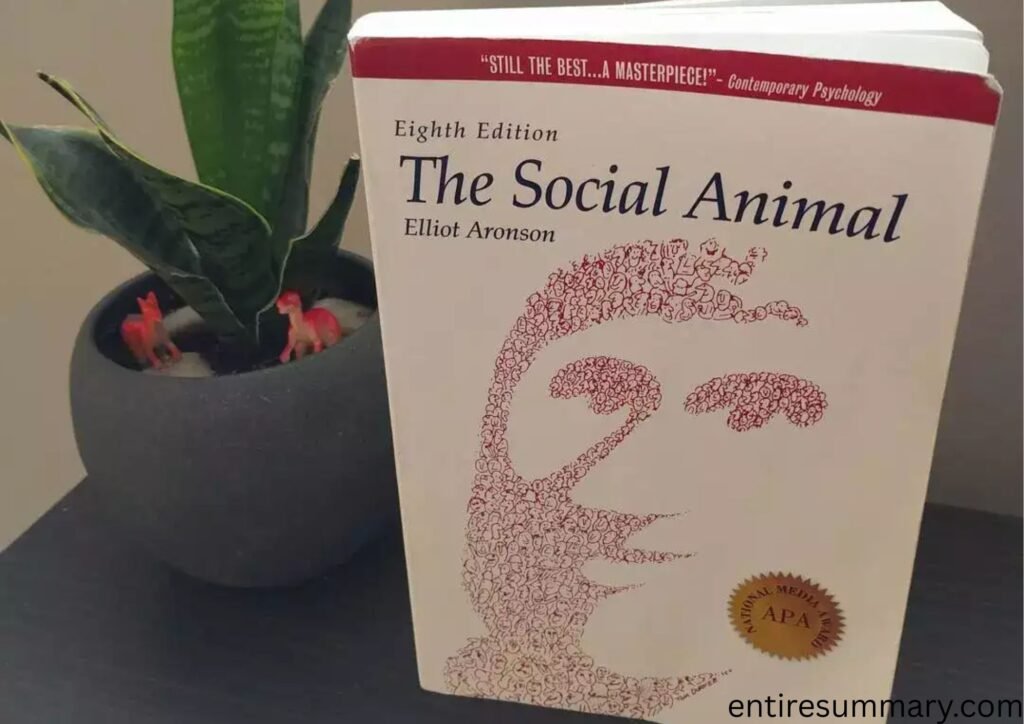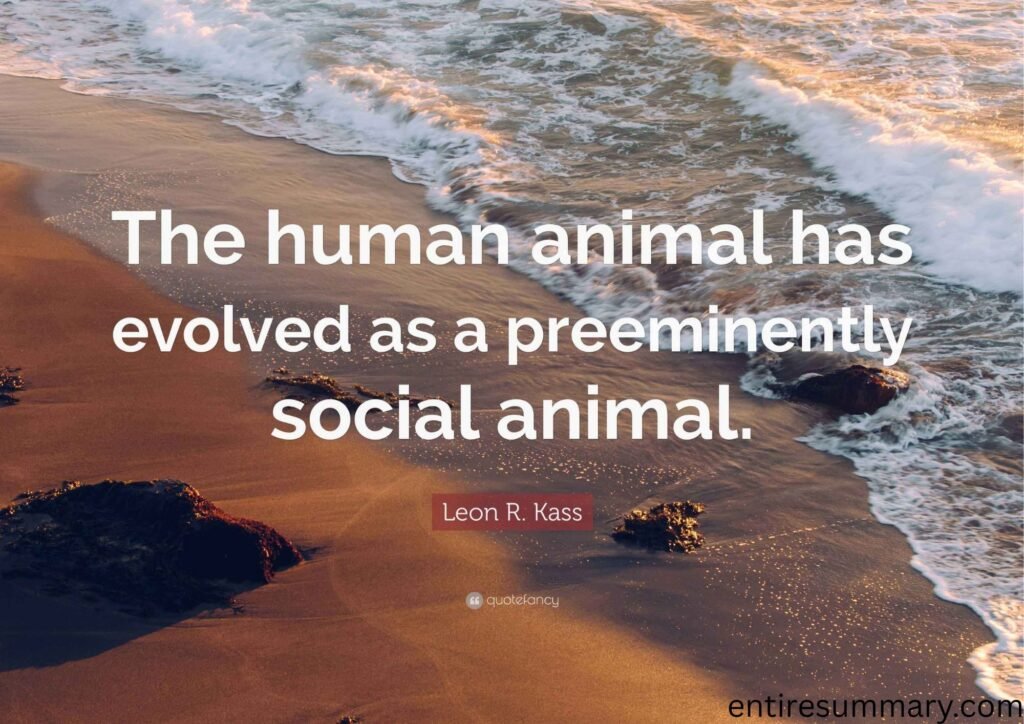The Psychology of First Impressions and Conformity
The first half of The Social Animal delves into fundamental concepts that explain why we act the way we do, often without realizing it. Aronson masterfully introduces the idea that humans are not rational beings who carefully weigh all available facts before making decisions. Instead, we are social creatures deeply influenced by our environment and the people around us.
Initial judgments have a significant influence. The book explains that our initial judgments of others are remarkably sticky. Once we form an opinion of someone, we tend to interpret their subsequent actions through the lens of that first impression, a phenomenon known as confirmation bias. The book provides a powerful example of a person initially perceived as a genius who can get away with making a few mistakes, while a person initially labeled as average is often seen as incompetent for the same errors. This highlights how our perceptions are often skewed, and we are not as objective as we like to think.
Aronson also spends significant time on the topic of conformity. He details classic experiments, most notably the Asch conformity experiment, where participants were asked to identify the length of a line. In a room full of confederates giving the wrong answer, a shocking number of real participants would go along with the group, even when the correct answer was obvious. The book explores two main reasons for this behavior: the desire to be liked (normative influence) and the belief that the group knows something we don’t (informational influence). Aronson’s analysis here is a crucial reminder that social pressure is one of the most powerful forces in our lives, often compelling us to act against our own better judgment.
Also read: /the-power-of-habit/
Another key concept is self-justification. This is the process we use to rationalize our own actions, especially when they contradict our beliefs. Aronson provides a vivid example of a person who undergoes a humiliating or difficult hazing process to join a group. After enduring the hardship, they will likely convince themselves that the group is incredibly worthwhile to justify the effort they put in. This phenomenon, known as the justification of effort, explains everything from why people stick with bad relationships to why we convince ourselves a bad purchase was actually a good one. It’s a subconscious effort to reduce cognitive dissonance, the mental discomfort we feel when our actions and beliefs don’t align.
The first part of The Social Animal paints a clear picture: we are not as independent or rational as we believe. Our perceptions are easily influenced, our behaviors are shaped by a deep-seated need to fit in, and our minds work overtime to justify our decisions to ourselves. It’s a compelling look at the subtle, often unseen, forces that guide our daily lives.
From Attitudes to Aggression: The Social Animal in Action
The second half of The Social Animal moves beyond the individual’s mind to explore how these psychological principles play out in social interactions, from forming attitudes to understanding aggression and prejudice. Aronson explains that attitudes are not fixed; they are often the result of our behaviors. Our behavior frequently influences what we believe, rather than the other way around. For example, if we are persuaded to give a speech arguing a position we don’t believe in, we may find our attitudes shifting to align with what we just said, especially if the incentive was low. This is a fascinating inversion of what we typically assume about human behavior.

The Social Animal also addresses the difficult subjects of bias and hostility. Aronson argues that these are not just a result of a few bad people but are rooted in universal psychological principles. He explains that prejudice often stems from in-group bias—the tendency to favor our own group over others. This is a natural human tendency that can become harmful when it leads to the demonization of the “out-group.” The book details the classic “Robbers Cave” experiment, where two groups of boys were pitted against each other, leading to intense rivalry and aggression. The experiment demonstrated that cooperation toward a common, superordinate goal was the only effective way to reduce the animosity between the groups. This powerful lesson suggests that simply getting people to interact is not enough to overcome prejudice; they must work together on a shared mission.
Aronson’s analysis of aggression is equally insightful. He challenges the idea that aggression is a result of a simple, innate drive. Instead, he argues it is often a response to frustration or a learned behavior. He discusses the concept of the “weapons effect”, where the mere presence of a weapon can increase aggressive behavior. This highlights how environmental cues can trigger and amplify our responses. He also discusses how we can become desensitized to violence through media and how this normalization can reduce our empathy for others.
The final chapters of the book bring all these concepts together, showing how they apply to broader societal issues like environmentalism and public health campaigns. Aronson argues that to create lasting change, we must appeal to people’s social nature. Instead of simply providing facts and figures, we must create a sense of shared identity and a feeling of belonging to a community working toward a common goal. This holistic view of social influence makes a powerful case that understanding the social animal is crucial for solving some of the world’s most pressing problems.
Four Core Ideas to Take Away
- We are not as rational as we think. Our attitudes and behaviors are heavily influenced by subtle social pressures, our need to justify our actions, and our tendency to seek consistency.
- Small actions can have big psychological consequences. A small justification to avoid dissonance can lead to a fundamental change in our beliefs and attitudes over time.
- Prejudice and aggression are learned, not inherent. They are often a product of situational factors and group dynamics, and they can be reduced through cooperation and shared goals.
- The key to lasting change is social influence. To change behavior, whether in a person or a society, we must appeal to our need for social connection and belonging, not just our logical minds.
Seven Frequently Asked Questions About the Book
What is the core difference between The Social Animal and a standard psychology textbook?
Aronson’s writing stands out because of its captivating, story-driven approach. He uses stories and examples from both classic experiments and everyday life to make complex theories and concepts accessible and memorable, rather than simply presenting facts and data.
How does knowing about cognitive dissonance benefit my relationships?
Understanding cognitive dissonance can help you recognize when you’re justifying a bad habit or an argument to yourself. It can also help you have more empathy for others who are behaving in a seemingly irrational way. They might be caught in their own web of self-justification.
Does the book suggest that we have no free will?
The book doesn’t argue against free will, but it does suggest that our free will is more constrained by social and situational forces than we realize. It argues that true freedom comes not from ignoring these forces but from understanding and consciously deciding how to act in spite of them.
How does this book explain social media’s influence today?
Although written before the age of social media, the book provides a perfect framework for understanding it. The pressure to conform, the need for social approval (likes and followers), and the confirmation bias that leads us to follow only people who agree with us are all core concepts that explain why social media is so influential.

Is the book’s research still relevant after all these years?
Absolutely. The book’s strength lies in its focus on fundamental human psychological principles that have stood the test of time. While technology has changed, the underlying social dynamics that Aronson describes are more relevant than ever.
What is the “justification of effort”?
Justification of effort is a form of cognitive dissonance reduction. When we put a great deal of effort or suffering into a goal, we tend to like the goal more to justify the pain or effort we went through to achieve it.
What’s the main takeaway about changing people’s minds?
The main takeaway is that you can’t force a change in belief by simply providing facts. Change is more likely to happen if you can change a person’s behavior first. Forcing someone to act in a certain way can lead to a change in their attitude to align with their new behavior.
Final Thoughts
The Social Animal is a must-read for anyone who wants to understand why people do the things they do. It’s an eye-opening book that will make you look at yourself, your friends, and the world in a completely new light. It’s a classic for a reason. I would give it a 9/10 for its timeless wisdom and engaging style. If you liked this book, you should definitely read Sway: The Irresistible Pull of Irrational Behavior by Ori and Rom Brafman.

